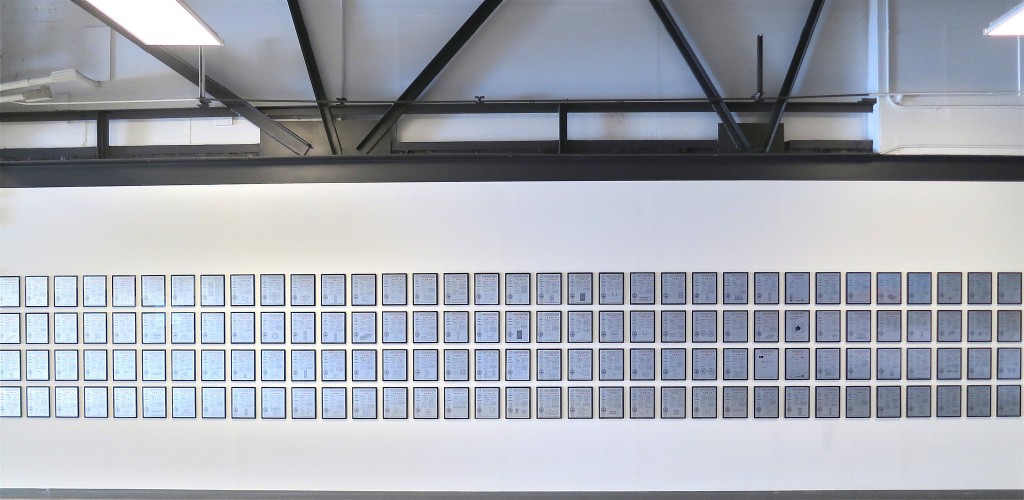Recently in a welcome development Tesla motors made an announcement that it will not initiate lawsuits against anyone who in good faith wants to make use of their patented electric car technology.
Nikola Tesla would have been proud! To use the inimitable phraseology of the legendary Nikola tesla “I don’t care that they stole my idea; I care that they don’t have any of their own”
The majority cheered Tesla’s open source initiative; however some cynics maintained that the patent pledge uses ambiguous terminology and leaves critical legal questions unanswered that might discourage many from taking up the offer.

Patent pledges: Increasingly popular?
As reported by patently O, while patent pledges are common in the Informations and communication technology (ICT) sector, these pledges are gaining popularity outside the ICT sector too.
Within The ICT sector most prominent patent pledges include Red Hat’s patent pledge which promises not to assert any patent claim against Free and open source software; Twitters innovators patent agreement which promises to use employee invented patents defensively and more recently Google’s pledge which refrains from asserting its patents against open source software.
Outside the ICT sector, during the gene diagnostic patent controversy, Myriad genetics famously pledged that “Myriad has supported and continues to support research institutions in the advancement of scientific and technological knowledge, and we will not impede non-commercial, academic research that uses patented technology licensed or owned by us.”
Scope and Enforceability of patent pledges: Legal doctrines
Patent pledges rely on the legal doctrines of estoppel and implied license (actions by the licensor which lead the licensee to believe that they have the necessary permission). Estoppel is a rule of evidence whereby a person is barred from denying a fact that has already been settled. In this case the alleged infringer must show that they knew of the patent pledge and establish reliance on the pledge.
To date, no such pledge has been tested in court hence there is an underlying uncertainty regarding patent pledges.The ambiguity surrounding patent pledges espoecially increases in case of a hostile takeover or bankruptcy filings.
Future of IP?
WIPO director Francis Gurry has an interesting perspective on the role of Intellectual property in the future. The context in which intellectual property (IP) operates in today’s world is vastly different from the one in which IP was born. For years blocking competition has been the driving force for creating IP. But now increasingly people are realizing the value of co-operation too. Co-operation in the form of open innovation is the idea of looking for outside partnerships to spur innovation and growth instead of relying on in house research alone. Swaraj, our very own crusader for open access has penned many posts on the importance of open models and restrictive IP policies which can be accessed here and here.
This ideological battle between competition and cooperation is going to be an important issue in the coming decades and reforming IP policies will be the means of resolving the tension.
